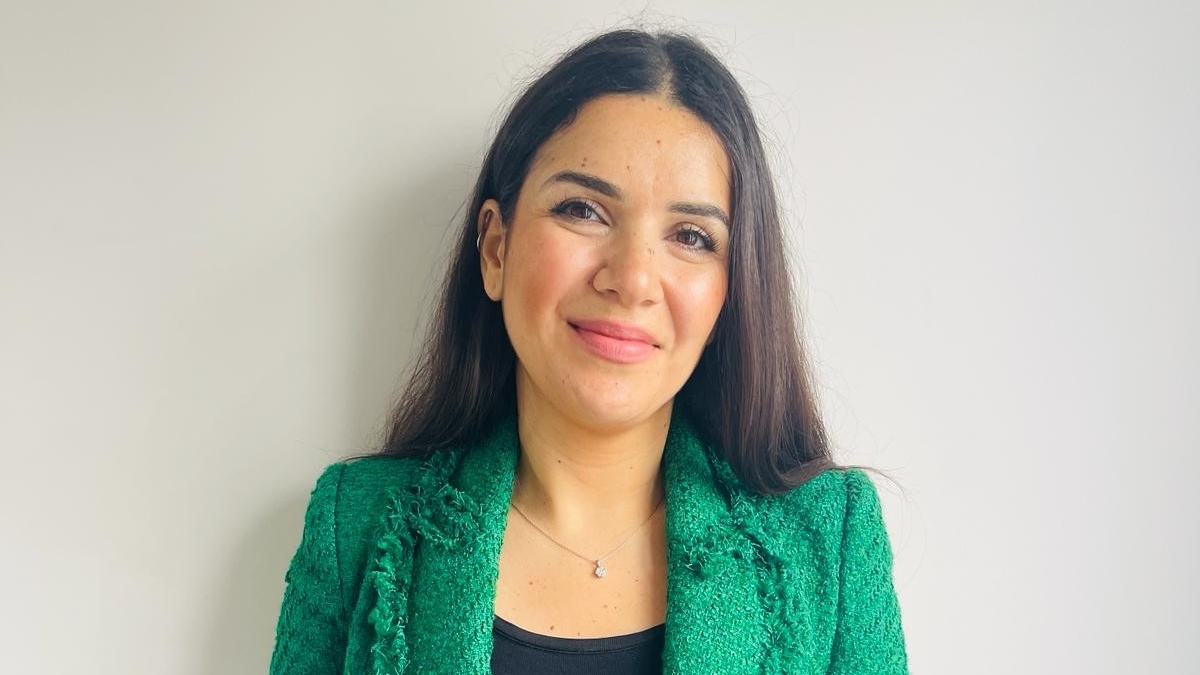In the quick-service restaurant industry, innovation may be approached by creating surveys and studying market research reports. Others would approach it by studying trends, knowing what’s hot, and discovering the culture and what part your brand will play in it. For Subway’s director of Innovation & Culinary EMEA, Deniz Safa, it’s both.
“The science is all about that qual, quant, pre-testing, extensive consumer and market research which help inform our culinary decision [whilst] the art is about understanding the draw factor — like the perfect combination of ingredients and the overall menu flavour architecture coupled with an element of non-scientific gut feeling,” Deniz explained when asked how she thinks menu development should be approached.

Deniz said brands should not be reliant on just science, as brands need to be nimble and agile in terms of the development process. But it should also not just be about the art as hard data is needed to back up any business decision.
An example of this is how Subway UK&I handled the release of the Subway Series. Despite having a year’s worth of data from its US counterpart before being released in the United Kingdom, the brand took careful consideration on how they would streamline the menu which last saw a significant change 57 years ago.
“When we started the menu development process, Subway UK&I’s strategy was to focus on developing the best of the best recipes but based on our top-selling flavours. So we couldn’t just lift and shift what the US had,” Deniz recalled.
What they did was take their biggest sellers and put them on the menu like Subway’s Notorious BMT (a take on the classic BMT) and the Big Cheese Steak SubMelt which is their version of the Philly Cheesesteak. Subway UK&I also localised some of its menu offerings, creating new flavour combinations which can be seen in the new Subway Breakwich made with Streaky bacon, Lincolnshire sausage patty, American-style cheese, hash browns, poached eggs, ketchup, which, many would agree, ‘couldn’t be any more British’.
“It’s really about tapping into these cultural moments we knew that the nation would love the most. So it was no surprise that the Big Breakwich is one of our best-selling Series subs at the moment,” Deniz said.
The launch and development cycle took 18 months. And even then, Subway UK&I took another six months to test the new menu, selling roughly 1.4 million Subway Series subs in around 325 restaurants before fully launching it all over the country.
From the data they collected, Subway found that nearly half of the guests said the new menu had a positive impact on their attitude towards Subway. Each of the series items also met or even exceed guests’ expectations of flavour and taste.
Innovation at this scale presented big hurdles for the brand. First, and foremost, reintroducing themselves.
As a brand known for being all about customisation, introducing a menu change this big whilst ensuring it keeps its brand identity is a challenge, said Deniz.
“The intention of each Subway Series recipe is for it to be eaten exactly as it has been affected. However, we are not turning our back on the core of our DNA which is all about customisation. So you can still personalise your recipe as desired,” she said.
Subway had to ensure that they did not alienate guests who preferred customising their sandwiches whilst also promoting the Subway Series menu. So Subway released a marketing campaign called Two Ways to Subway.
They launched the brand under a catchy tagline “Two Ways to Subway.” The campaign aired TV ads presenting two different types of customers’ ordering styles: one who picks out every ingredient and one who is happy to go with the flow. At the end, she frames the question as thus: “There are two ways to Subway, so which way are you?”
On the operations side, the challenge was communicating the change to franchisees and staff. Subway held two weeks’ worth of roadshows around the UK and Ireland a month before the launch, for franchisees, store managers and trainers to go through an extensive coaching process to properly introduce the new menu and ingredients.
“Getting everyone excited and pumped about the launch was critical to the success of the launch,” Deniz said.
With cost pressures continuing to affect customer spending, it is also important to balance premium offerings with affordability.
For Deniz, value comes in many different forms.
“The way I view value is that it comes in a lot of different forms. There’s quantity value which Subway footlongs definitely [has]. Then there’s the quality value,” Deniz said.
One value point that every QSR brand is focused on is creating a price point that will draw consumers to their restaurants.
“What we’ve done in the UK is we launched our range of Saver Subs, where you can get a freshly made six-inch simple sub for £2.99. Having that sharp price point is a great value for our guests,” Deniz said.
“If you think about [barbel pricing], you have items on the slightly more premium side then all the way down the barbel on the everyday affordability element. By being able to balance out your menu with something like the Saver Subs, you can balance your premium side and ensure that you have something to [consumers’] budgetary needs.”
The Subway Series is just the beginning for the brand. Deniz said that consumers can expect more innovation from the brand as they continue to evolve their menu. In the near term, Deniz said customers can expect some exciting plans and an anticipated launch in the summer.